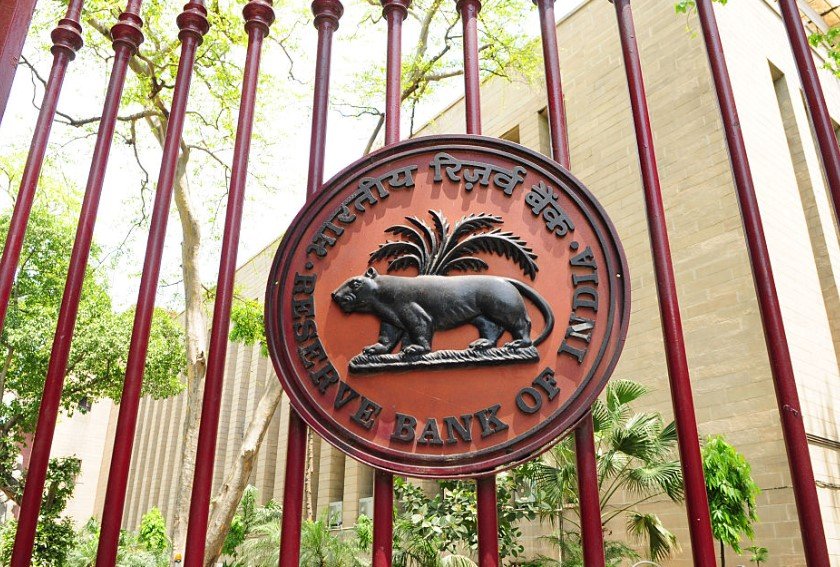India’s central bank treads cautiously with inflation easing but U.S. tensions rising over Russia trade
India’s central bank left interest rates unchanged at 5.5% on Wednesday, playing it safe amid slowing inflation, steady growth, and a fresh wave of trade threats from Washington.
It’s not just economic fundamentals RBI is watching — it’s geopolitics too. The rate pause comes just days after Donald Trump warned of tariff hikes on Indian goods over its continued trade with Russia, throwing a diplomatic wrench into an otherwise textbook monetary policy outlook.
No surprises, just steady hands
The Reserve Bank of India’s decision didn’t rattle markets — economists had largely seen this coming. After a surprise 50-basis-point cut back in June, the Monetary Policy Committee (MPC) opted to take a breather, watching how earlier moves ripple through the economy.
“The decision to hold was unanimous,” RBI Governor Sanjay Malhotra said during a televised statement in Mumbai. He noted that inflation was easing faster than expected, and growth remained “resilient.”
The RBI also left its key forecasts mostly intact:
-
GDP growth for the fiscal year ending March 2026 remains at 6.5%
-
Consumer inflation forecast revised down to 3.1% from 3.7%
That lower inflation print gave the central bank a bit of breathing room, even as global financial conditions remain tight and foreign capital flows unpredictable.

Markets shrugged it off
The immediate reaction on Dalal Street was muted.
The Nifty 50 slipped 0.18%, while the Sensex nudged down 0.09%. Traders said the decision was already priced in, though some had hoped for a more dovish tone.
Meanwhile, the rupee edged slightly higher, trading at 87.72 to the U.S. dollar — a modest bounce in a volatile week.
One analyst at Kotak Securities put it this way: “The RBI did what it had to — steady the ship. But with Trump firing shots, the next move won’t be as predictable.”
Trump brings the heat
The real wild card isn’t inflation. It’s Washington.
On Monday, Donald Trump, now running for a second term in the White House, accused India of “undermining U.S. interests” by importing Russian oil and arms. He threatened “much higher tariffs” and hinted at an unspecified penalty.
His remarks sparked fresh anxiety in New Delhi. India’s trade surplus with the U.S. has already drawn scrutiny in past years — but coupling that with its Russia dealings adds a volatile new dimension.
A senior government official, speaking anonymously, admitted the timing was “not helpful” with India trying to balance diplomacy and economic stability.
Growth is holding firm — for now
Even with the Trump threats, India’s economy seems to be holding up.
Private consumption has bounced back. Investment demand is firm. Urban employment is up, and services exports — especially IT — continue to provide a cushion.
Here’s a quick glance at the RBI’s updated macro outlook:
| Metric | Current Forecast | Previous |
|---|---|---|
| Real GDP Growth (FY26) | 6.5% | 6.5% |
| Inflation (CPI) | 3.1% | 3.7% |
| Repo Rate | 5.5% | 5.5% |
| Rupee vs USD | 87.72 | 88.10 |
Notably, the central bank now sees headline inflation falling below its 4% target in the coming quarters — a milestone it hasn’t touched in almost two years.
India’s Russia trade isn’t going away
At the heart of this standoff is India’s relationship with Russia — especially energy.
Since early 2023, India has sharply ramped up imports of discounted Russian crude. It’s a pragmatic move: it helps keep domestic fuel prices manageable and eases pressure on the trade deficit.
India has also continued to buy Russian military equipment, despite pressure from Western allies. While the volume has declined post-Ukraine war, strategic ties remain intact.
All of this has put India in a tight spot.
-
U.S. trade officials are reportedly reviewing India’s access to GSP benefits
-
The Commerce Department may probe Indian exports for potential sanctions violations
-
Trump has linked tariffs directly to India’s Russia posture
That’s not just diplomatic drama. It could shake investor confidence if tariffs become real.
RBI can’t ignore the noise
While the RBI is technically an independent body, geopolitical currents have always nudged its decisions — quietly, sometimes subtly.
One former deputy governor noted: “The RBI doesn’t react to headlines. But it plans for the storm that might come after.”
There’s also the issue of capital flows. If U.S.-India trade tensions escalate, foreign investors could start pulling out of Indian debt and equities — putting pressure on the rupee and yields.
Already, foreign portfolio inflows have slowed compared to Q1. Net FPI inflow in July was just $1.6 billion, down from over $5 billion in May.
What comes next?
RBI Governor Malhotra gave little away on future rate moves. But traders believe another pause in October is likely — unless Trump’s tariff rhetoric turns into real policy.
Some economists even floated the possibility of another rate cut by early 2026, especially if inflation remains soft and external demand weakens.
But that’s a big “if.”
For now, the RBI seems content to wait, watch, and hope that cooler heads prevail in Washington.
